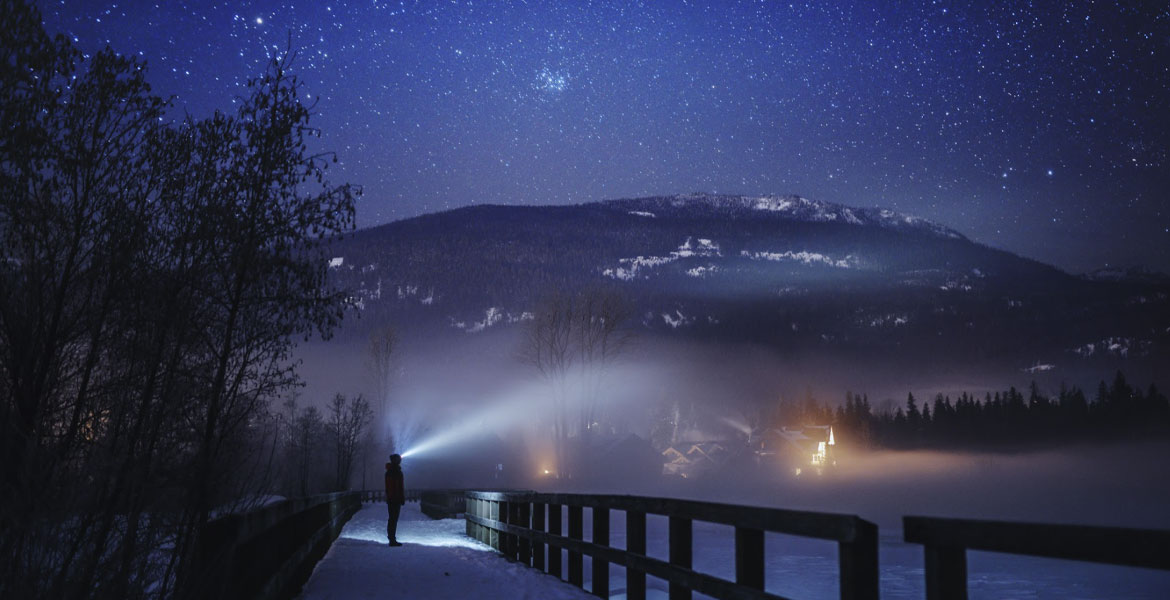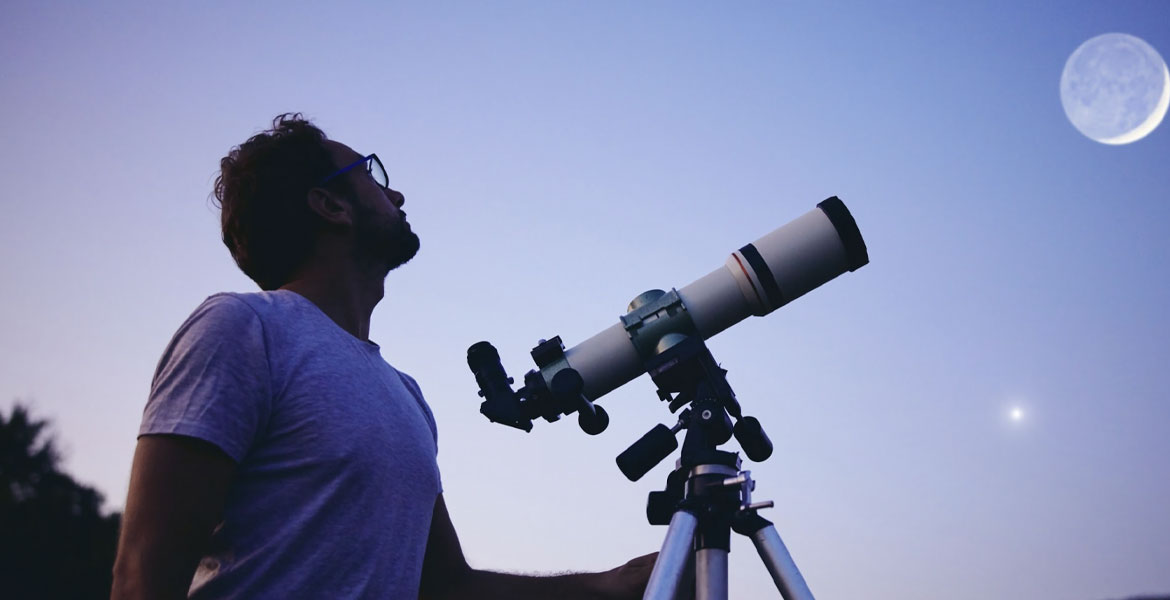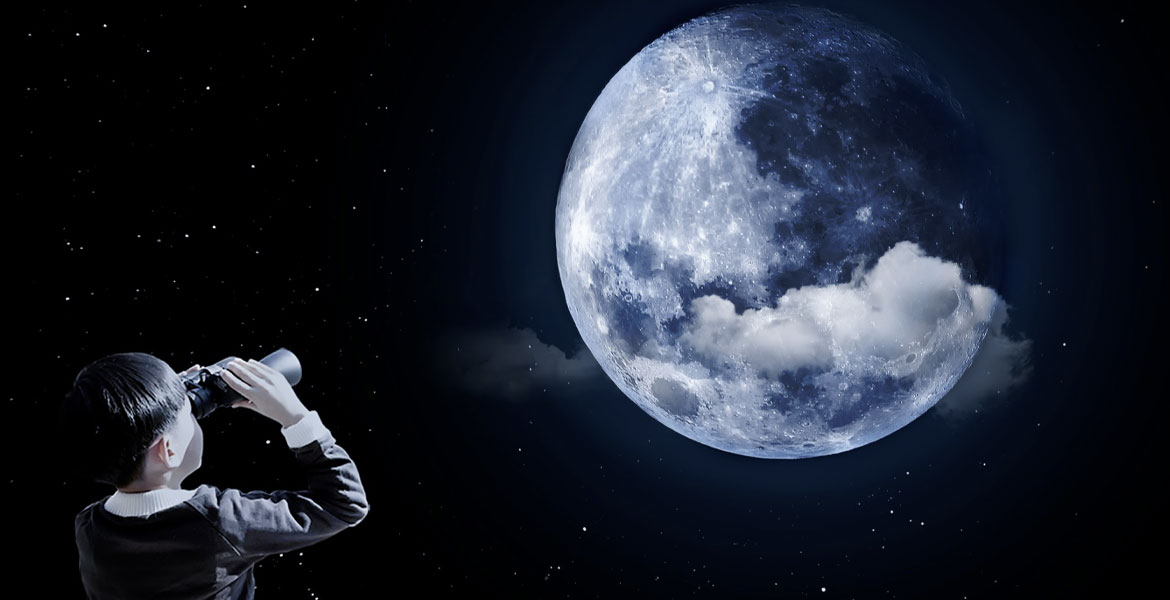An unrepeatable pattern of the night sky drags your head up. The stars make you dream, meditate, feel the flow of the beauty. The night sky speaks to you through millions of twinkles. Do you feel inspired looking at them, wondering how far they are from you? Does your heart skip a beat, lost in the ocean of the sky pearls? If it’s all about you, you’re in the right place. We’ll help you to be ready for the moment when night opens the curtain of the sky to stargaze for you. In this guide, we’ve gathered our best tips on stargazing for beginners. A bit of science, a bit of romantic vibe.
Without any doubt, stargazing is a truly amazing experience. Just imagine: you’re going to locate stars and other objects in the night sky whose names you might have heard multiple times (for instance, Sirius, Betelgeuse, or the Milky Way) but never thought they could be so easy to spot.
Stargazing is also an experience that you will want to share with your loved ones. So take a friend, your kids, or your significant other. By the way, it’s an excellent idea for a surprise. Or, you can go beyond just stargazing: Cosmonova can help you make this adventure even more unforgettable. Not only look for the stars but to find your own one can be both a fascinating and challenging experience.
You should definitely try looking for the stars at different times of the year, as different pictures are painted in the sky as the seasons change, because most stars and constellations travel across the sky. Although stargazing is available all year round, winter is the best time for watching the stars in the Northern Hemisphere: the sky is twinkling with a number of prominent, beautiful constellations. On the flip side, it’s warmer to be outside in the summer.

Astronomy is a complex and interesting science, however, you don’t need to overwhelm yourself with loads of scientific literature. Here are some basic things you should know about the heavenly objects.
The Sun is our nearest star, and it’s really huge: about one million Earths could fit inside it.
The Moon doesn’t produce light, it reflects the light of the Sun. Interestingly, all of the world’s oceans are controlled by the Moon: it is the reason why we have high and low tides. On a clear night, it’s easy to see its craters and bumpy edges.

Did you know that there are five planets which can be seen to the naked eye from Earth? Mercury, Venus, Mars, Jupiter and Saturn are visible for much of the year.
Get this: if a bright light in the sky sparkles, it’s a star, and if it doesn’t and appears stationary, it’s a planet. If an object is much brighter than those around it, there’s a good chance it’s a planet.
Most stars are an icy white colour, but after dark adapted eyes will make out that some are more of a bluish colour while others are yellow, orange or even red. Remember that stars are best to see without a moonshine. You can start with locating the two stars that will definitely ring a bell to you: Sirius and the North Star.
Constellations are star patterns that look like animals, mythological characters or, most rarely, inanimate objects. It’s very interesting to try to spot a constellation in the sky, and it brings you a lot of pure joy. So before you start looking for star patterns, learn some of the constellations you can see in the current season. Not to mention, there are constellations that don’t change their position as observed from Earth, like Ursa Major (the Great Bear) and Ursa Minor (the Little Bear), so you can start from these ones.
It seems likely that you are a newbie, and here’s one of the most essential stargazing tips for you: don’t stock up on high-tech tools. Start with binoculars instead. You will be surprised how much detail you can see with them. Or you can use just your eyes: a lot can be seen to the naked eye if it’s dark enough. And remember: it takes 20 minutes for your “night vision” to peak.
Your own backyard or balcony will do just fine for the first time. Then, as you gain experience, escape from city lights into the darkness of the countryside, as light pollution is the major obstacle to seeing the night sky in its entire beauty. In the dark sky, you can see nebulae, clusters, and even the fiery glow of the dense star clouds that make up the Milky Way.

It does not matter what you see it does matter how you watch, make it easy, romantic and unforgettable. Just warm cosy cloth a cover and a thermos with hot chocolate is going to sparkle up the stargazing night. Take your beloved one with you. You should get a named Star Map not to get lost in the delightful fireworks of sky and watch. Remember this moment below the stars, let it stay in your memory.
Life is like a shooting star and we think they remember our names till they fall.
Be remembered with Cosmonova!